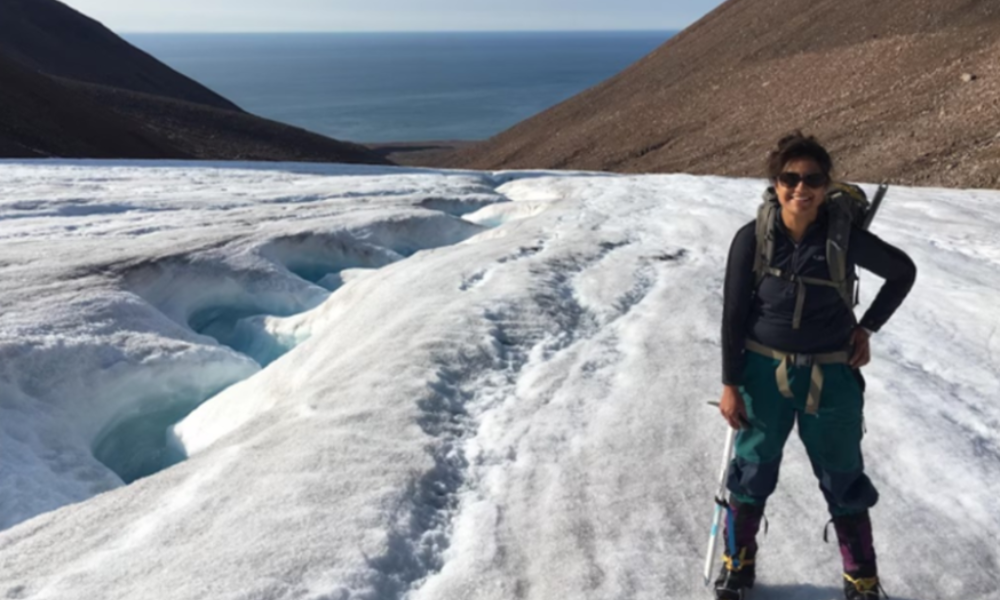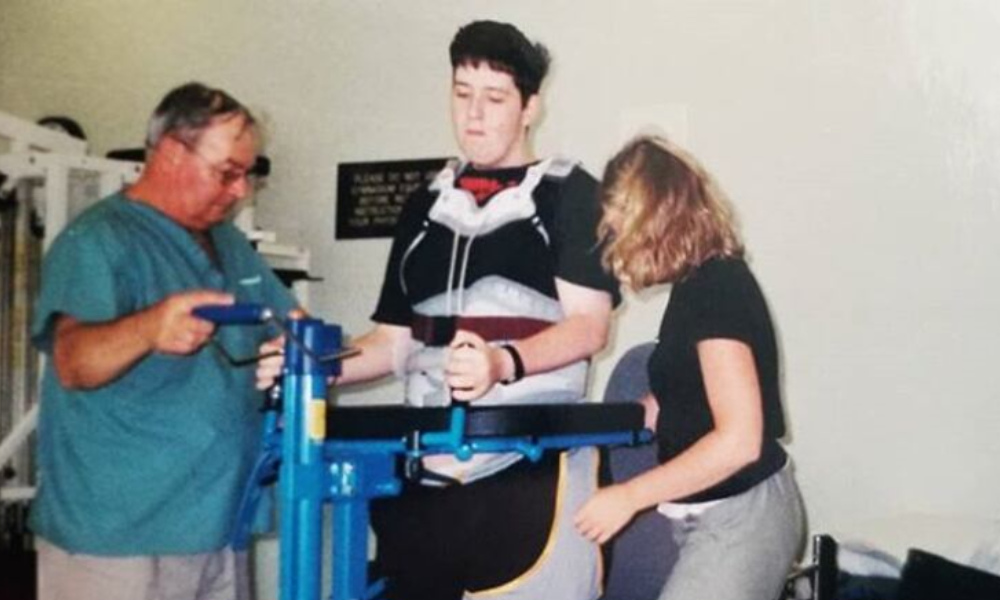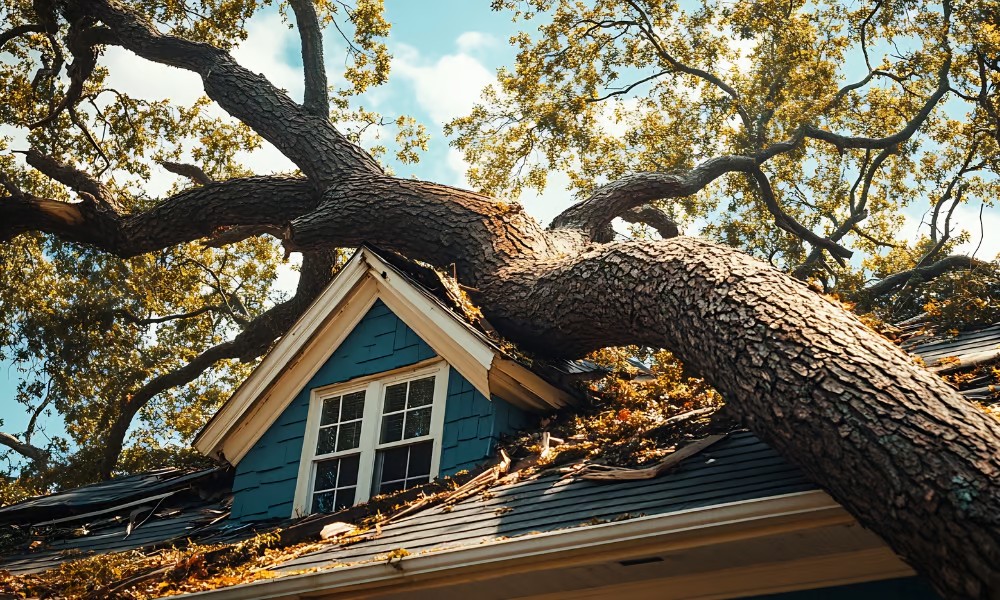School defends investigation and says it reached out to Canadian Coast Guard

The University of Alberta says it has advocated for a search and recovery mission to locate the body of Maya Bhatia, an Arctic researcher who disappeared in August 2023 while conducting fieldwork on the Jakeman Glacier near Grise Fiord, Nunavut.
In a written statement to Canadian Occupational Safety, the university says:
“Search and recovery is outside the university’s jurisdiction. We have advocated for a search and recovery mission with the Canadian Coast Guard.”
The university has not said whether a formal request was submitted or what specific efforts it has undertaken to advance such a mission. The Canadian Coast Guard has been contacted for clarification and says it is working to provide a response this week.
No formal recovery mission undertaken
Bhatia, an associate professor in the Department of Earth and Atmospheric Sciences, slipped into a glacial stream while attempting to collect a water sample. The fieldwork was funded and supported by the Polar Continental Shelf Program, a federal agency. While witnesses believed she had been swept into a moulin — a vertical shaft in the glacier — her body has not been recovered.
To date, no formal recovery operation has been conducted.
David Didier, a colleague of Bhatia, and a lead researcher with the University of Quebec at Rimouski, was also at the glacier in 2023 and returned in 2024. He says informal efforts occurred during the research team’s return to the glacier in 2024. However, no official search was organized.
“They waited for us to return for regular fieldwork — then used our helicopter time to scout the area,” Didier says. “It’s the only reason anything happened at all.”
University cites logistical barriers to site visit
In its written response, the university explained why its Health, Safety and Environment (HSE) team did not visit the glacier as part of its investigation.
“In the days after the incident, poor weather coupled with wildfires and the evacuation of Yellowknife, made it difficult and unsafe for university investigators to attend the incident site at Jakeman Glacier.”
Instead, the investigation drew from indirect visual evidence:
“The RCMP conducted a visual inspection of the site on August 17. We received extensive drone footage and photographs to assist with our investigation.”
Internal report remains sole public record
The University of Alberta’s internal investigation report remains the only formal investigation of the incident. There has not been an independent investigation.
The Workplace Safety and Compensation Commission of Nunavut and the Northwest Territories (WSCC) is the regulator and had said multiple times it was investigating the fatality. It was later discovered that it did not investigate. Instead, it relied on the University of Alberta’s investigation report.
The school says its “Health, Safety and Environment team has trained and experienced investigators, including those with experience in fatalities. The team conducted a detailed and comprehensive investigation that fully met the thorough requirements of Nunavut’s Safety Act and its Occupational Health and Safety Regulation.”
The report identified three causal factors and outlined 14 corrective actions, including improvements to field safety planning, communication protocols, and defining high-risk activities during research.
The university did not release the report publicly and it was obtained through an access-to-information request filed with the WSCC. Through that request it became clear the WSCC did not investigate.
The university wouldn’t comment on the WSCC’s lack of investigation saying it “cannot speculate on how the [WSCC] conducted its work.”
Canadian Occupational Safety sent several questions to the office of Minister Pamela Gross, whose portfolio includes the WSCC. Despite acknowledging the request, no response has been provided.




